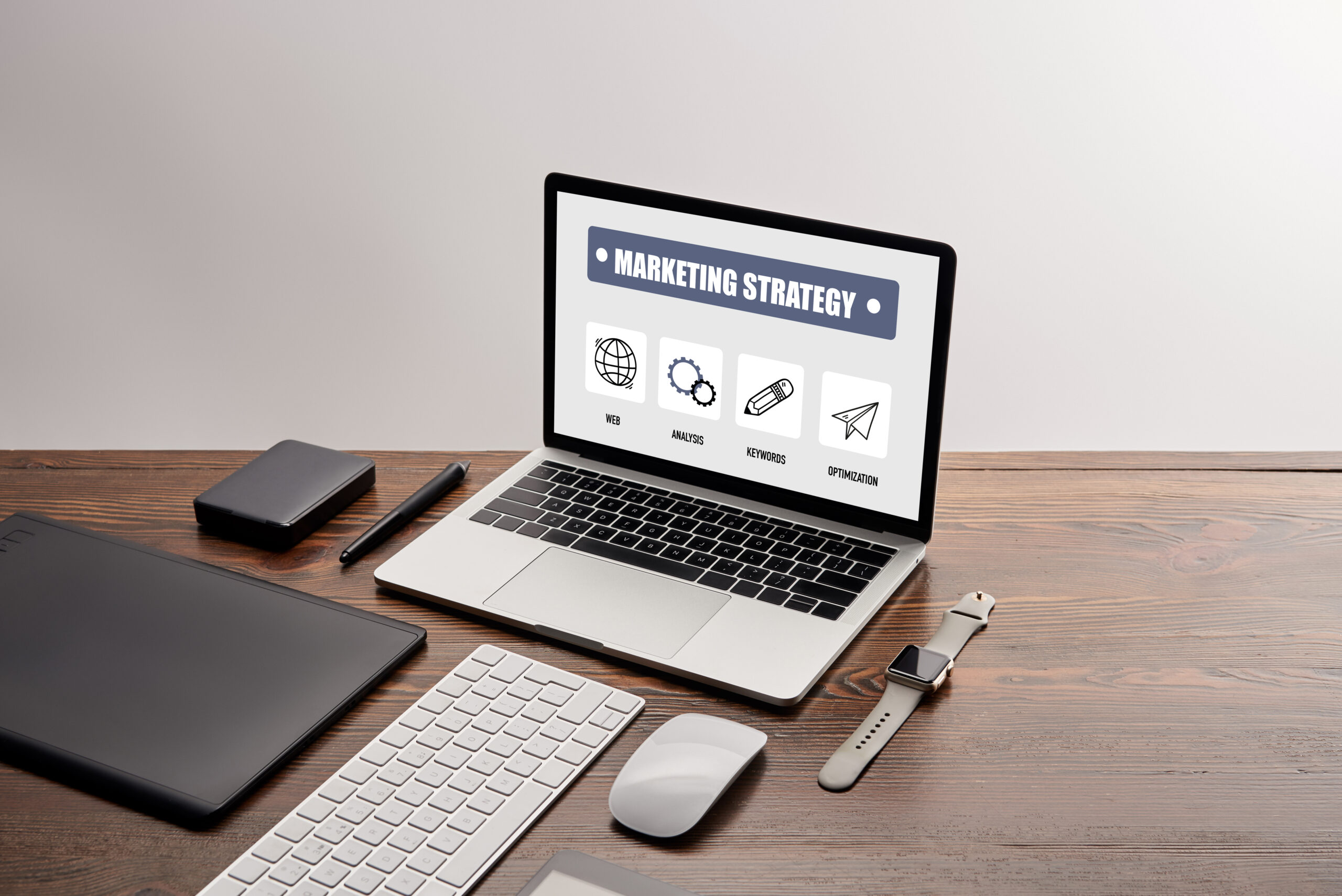Remarketing and Retargeting Strategy in 2025: Staying Relevant in a Privacy-First World
October 6, 2025
Digital Marketing
October 6, 2025

In the world of digital marketing, remarketing and retargeting have long been powerful tools for bringing back lost visitors, increasing conversions, and boosting brand recall. But as we enter 2025, the rules of the game are changing. With the decline of third-party cookies, stricter privacy laws, and shifting consumer expectations, marketers need to rethink how they re-engage potential customers—without being intrusive. In this blog post, we’ll explore how remarketing and retargeting are evolving, what strategies still work, and how to adapt in a world where permission and personalization are everything. 🔁 What’s the Difference Between Remarketing and Retargeting? Though often used interchangeably, there is a subtle difference: Retargeting typically refers to display ads shown to users based on their previous online behavior (like visiting your site or abandoning a cart). Remarketing is often associated with email marketing, targeting users who have already interacted with your brand (like past customers or newsletter subscribers). In 2025, these distinctions are blurring, and both strategies are now unified under a broader umbrella of customer re-engagement. 🔍 What’s Changing in 2025? 1. The End of Third-Party Cookies Google is phasing out third-party cookies in Chrome, following Safari and Firefox. This means traditional retargeting methods are becoming less effective. 2. Stronger Privacy Regulations Laws like GDPR, CCPA, and similar global regulations mean marketers need explicit consent before tracking or storing user data. 3. User Expectations Are Higher Consumers are increasingly aware of how their data is used. They expect personalization, but also control and transparency. 🚀 Winning Remarketing & Retargeting Strategies for 2025 1. Focus on First-Party Data Collect and use data from your own sources: email signups, purchases, app interactions, and website behavior (with consent). Build loyalty programs to encourage sign-ups. Offer valuable gated content (like eBooks, webinars). Use preference centers to let users manage what content they receive. 2. Leverage Email and SMS Remarketing Email remains one of the most effective remarketing channels—especially when it’s personalized. Send cart abandonment emails with dynamic product recommendations. Use behavior-triggered email flows based on browsing or past purchases. SMS can work well for reminders, special offers, or limited-time promotions. 3. Use Contextual Retargeting Instead of Behavioral Without third-party cookies, contextual advertising is making a comeback. Instead of targeting people based on behavior, target content they’re currently engaging with. Place ads on relevant pages, blogs, or news sites. Align messaging with the context of the page, not the person. 4. Dynamic Content & Product Recommendations AI-powered platforms can personalize ads and emails in real time based on current interests, past behavior, and segmentation. Retarget users with personalized product suggestions. Show content relevant to their last interaction (blog read, video watched, etc.) 5. Segment and Prioritize High-Intent Users Not all visitors are equal. Focus retargeting efforts on: Cart abandoners Repeat visitors Time-on-site over X seconds Email subscribers who haven’t purchased This helps improve ROI while respecting users who aren’t ready to convert. 6. Use CRM-Based Retargeting (Customer Lists) Upload customer lists into ad platforms (like Google, Meta) and retarget them across devices—based on your owned data, not cookies. Great for cross-selling and upselling to current customers. Also useful for reactivating lapsed customers. ⚠️ What to Avoid in 2025 Overexposure: Don’t bombard users with the same ad everywhere. Creepy personalization: Don’t use too much personal info in your messaging. Ignoring consent: Always ensure users have opted in. 📈 KPIs to Track Conversion Rate Cost per Acquisition (CPA) Email Open & Click Rates Return on Ad Spend (ROAS) Cart Abandonment Recovery Rate Customer Lifetime Value (CLV) ✅ Conclusion: Remarketing in 2025 Is About Value, Not Just Visibility In 2025, remarketing and retargeting are no longer about following people around the internet. It’s about delivering timely, relevant, and respectful messages—to the right person, with the right value, at the right moment. The brands that win will be those that earn trust, use data ethically, and build lasting relationships, not just clicks.